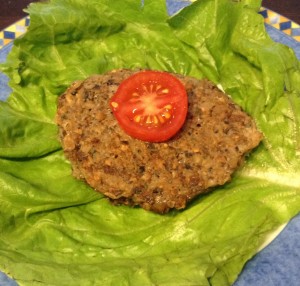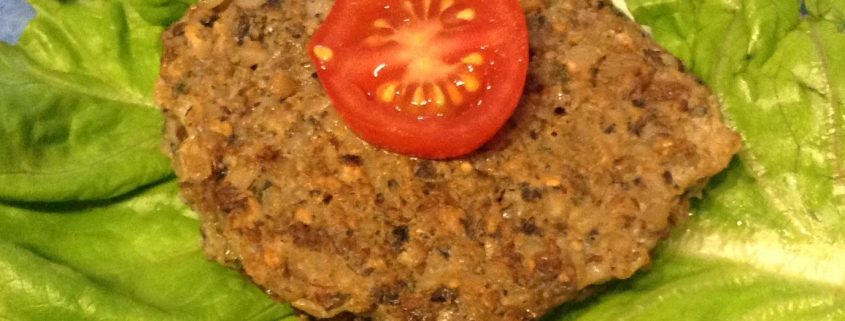December Monthly Morsels
 Buckwheat
Buckwheat
By Charna Sheinfeld, Nutrition Intern
Contrary to popular belief, buckwheat is not only unrelated to wheat, it is not even part of the grain family. Buckwheat is considered a fruit seed, making it an ideal substitute grain for those with wheat or gluten sensitivities. Buckwheat is produced widely in Russia and Poland, and therefore is a big part of traditional fare. Additionally, noodles made from buckwheat, known as soba noodles, play a large role in Japanese and other Asian cuisine
It has been found that diets that include buckwheat, such as those of the people in Yi, China, have lower risks of getting high blood pressure and high cholesterol. In addition, eating a serving of whole grains, such as buckwheat, at least 6 times a week has been found to be extremely helpful for postmenopausal women with signs of cardiovascular disease. This is because the whole grains were found to slow the progression of plaque buildup in the vessels of the heart, known as atherosclerosis. What also makes this a beneficial food for the cardiovascular system, is its high content of magnesium. Magnesium relaxes blood vessels, improving the flow of blood and nutrients, while at the same time lowering blood pressure.
Buckwheat is also extremely high in insoluble fiber, which has been found to help prevent gallstones, especially in women. Researchers believe this may be due to the fact that insoluble fiber increases food transit speed through the intestines, as well as reduces the secretion of bile acids and increases insulin sensitivity. Buckwheat is an excellent source of other essential nutrients as well, including the B vitamins such as B6, pantothenic acid, niacin, thiamin, choline, and folate.
Buckwheat has recently been found to contain powerful phytonutrients called phenolics, a powerful form of antioxidants that work to prevent disease. One of these phenolic compounds are tannins, commonly known as the nutrients found in tea. Tannins are believed to play a role in reducing bacterial and viral infections, reducing yeast and other harmful bacteria, as well as improving blood sugar levels.
Preparing buckwheat is simple. Be sure to rinse it first to remove any dirt, and then add one part buckwheat to two parts water, bring to a boil, lower the heat, and simmer for about 20 minutes. Cooked buckwheat can be kept in the fridge for 4-5 days, and then can be easily added to soups, or made into salads, or just eaten spiced as a great side dish.
Enjoy the following original recipes created just for you!
Buckwheat with Warm Spices, Steamed Broccoli, and Tomatoes


Leave a Reply
Want to join the discussion?Feel free to contribute!